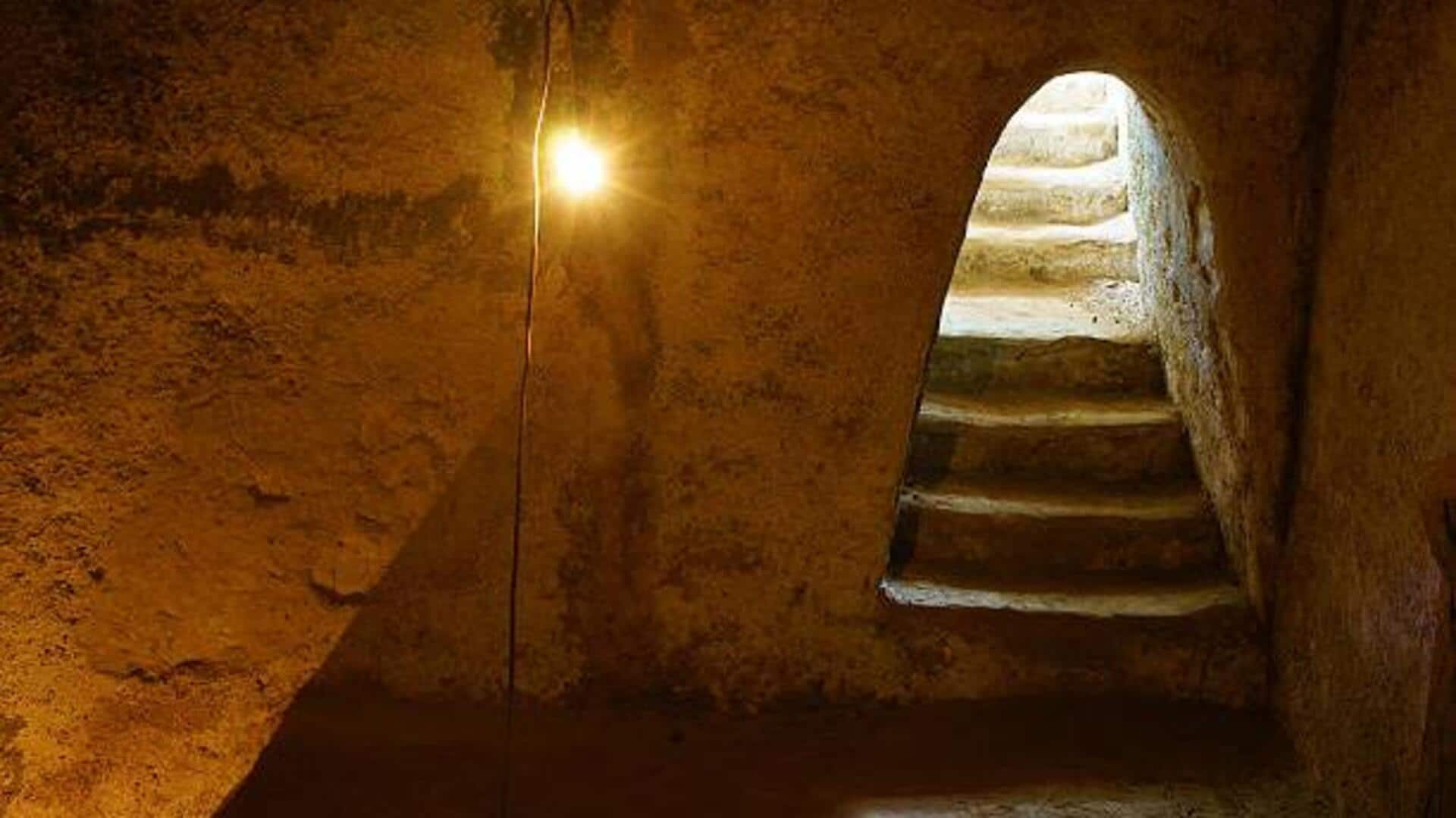
Vietnam's ancient underground homes: A must-see marvel
What's the story
Vietnam's century-old underground homes provide a fascinating glimpse into the country's architectural ingenuity.
The homes, mainly located in the country's central regions, were built to endure the harsh weather and provide security.
Made with natural materials, they blend seamlessly with the landscape.
Exploring these homes gives us the opportunity to witness a traditional Vietnamese life and culture.
One can learn about the construction techniques and historical significance of these unique dwellings.
History
Historical significance of underground homes
Dating back over a century, the underground homes in Vietnam were originally built to protect against natural elements and invaders.
Constructed with locally sourced materials such as clay and bamboo, these homes are both functional and sustainable.
The architecture is reflective of a profound understanding of environmental conditions, enabling residents to keep comfortable living conditions all year round.
Architecture
Architectural features of underground dwellings
These underground homes have roofs covered by earth, which provide insulation from heat and cold.
The interiors are usually basic but efficient, with rooms built around a central courtyard for ventilation.
Natural light is maximized through cleverly-placed openings. This design not only saves energy but also ensures privacy for the dwellers.
Culture
Cultural insights from local communities
Visiting these underground homes gives you a chance to interact with the local communities who have been living this life for generations.
The residents often tell you stories about how their ancestors lived in these homes, giving you a taste of culture.
Knowing their traditions makes you appreciate the resilience and resourcefulness which makes Vietnamese culture so beautiful.
Tips
Tips for visiting underground homes in Vietnam
When planning your visit to Vietnam's underground homes, make sure you hire a local guide. They will be able to tell you the detailed history and significance of each site.
Since these are traditional spaces, respect local customs by dressing modestly when you enter them.
Finally, support community initiatives by buying locally made crafts or contributing to preservation efforts during your visit.